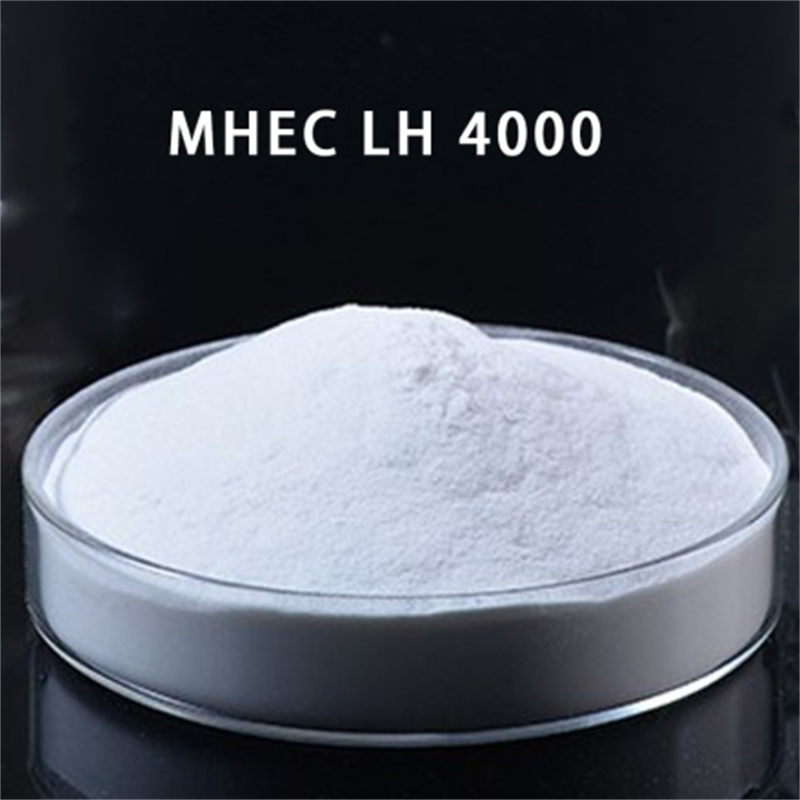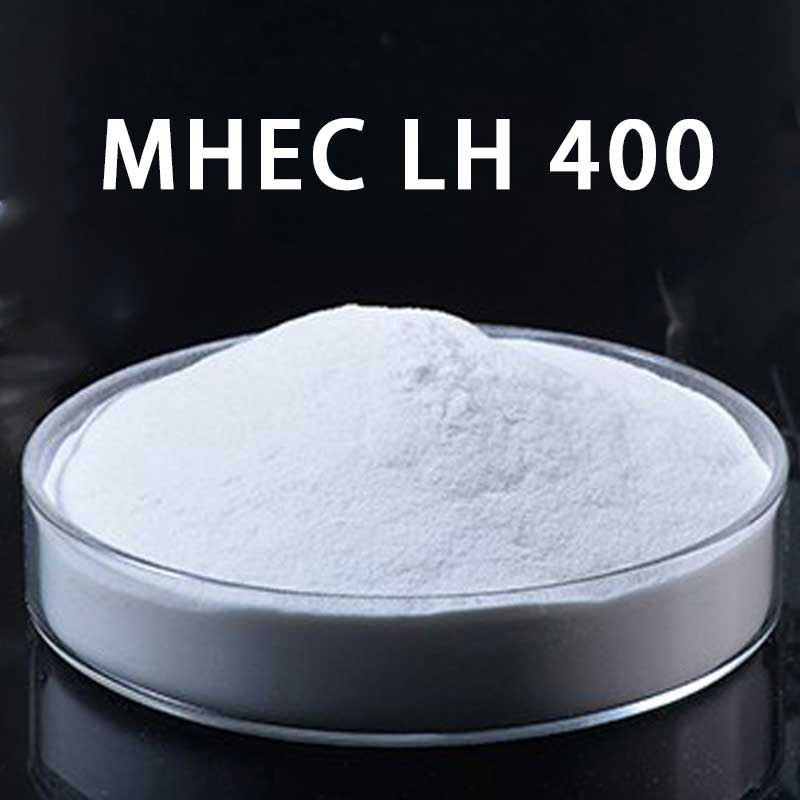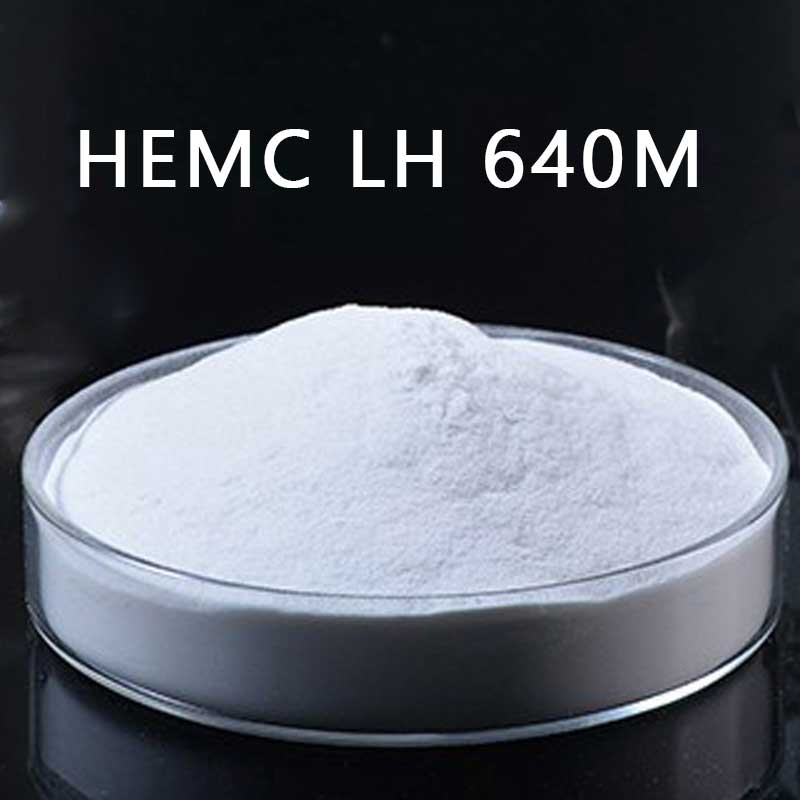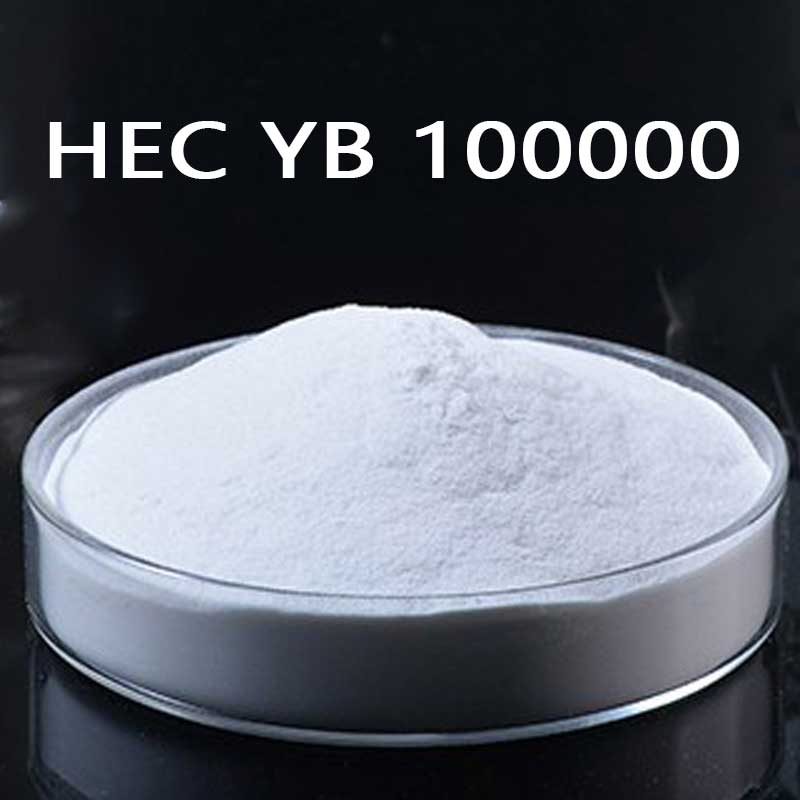
Products
MHEC LH 6000
Specification of MHEC LH 6000
| Chemical name | Methyl Hydroxyethyl Cellulose |
| Synonym | Cellulose ether, 2-hydroxyethyl methyl cellulose, Cellulose, 2-hydroxyethyl methyl ether, hydroxyethyl Methyl cellulose, MHEC, HEMC |
| CAS number | 9032-42-2 |
| Brand | EipponCell |
| Product Grade | MHEC LH 6000 |
| Solubility | Water Soluble Cellulose ether |
| Physical form | White to off-white cellulose powder |
| Moisture | Max.6% |
| PH | 4.0-8.0 |
| Viscosity Brookfield 2% solution | 4800-7200mPa.s |
| Viscosity NDJ 2% solution | 4800-7200mPa.S |
| Ash content | Max5.0% |
| Mesh size | 99% pass 100mesh |
| HS code | 39123900 |
Application of MHEC LH 6000
EipponCell MHEC LH 6000, a methyl hydroxyethyl cellulose, finds its primary applications in the construction and coatings industries. This particular type of cellulose ether requires excellent water retention, thickening capabilities, resistance to salt and temperature, as well as shear resistance. It is commonly utilized in various materials such as cement mortar, latex paint, tile adhesives, exterior wall coatings, and real stone paint. Given the construction and coating fields' demand for materials with superior mechanical strength and stability, cellulose ethers are typically crosslinked and modified using etherified crosslinking agents such as epoxy halogenated alkanes and boric acid. Crosslinking enables improved product viscosity, resistance to salt and temperature, shear resistance, and mechanical properties. In the industry, glyoxal is frequently employed to crosslink cellulose ether, thereby delaying its dissolution time and addressing the issue of product agglomeration during the dissolution process. However, the crosslinking of cellulose ether with glyoxal primarily impacts its solubility, without significant improvements to other properties.
Documents of MHEC LH 6000
Recommended HEMC for Building & Construction


Address
Mayu Chemical Industry Park, Jinzhou City, Hebei, China
Tel/Whatsapp
+86-311-8444 2166
+86 13785166166 (Whatsapp/Wechat)
+86 18631151166 (Whatsapp/Wechat)
Latest information
news








